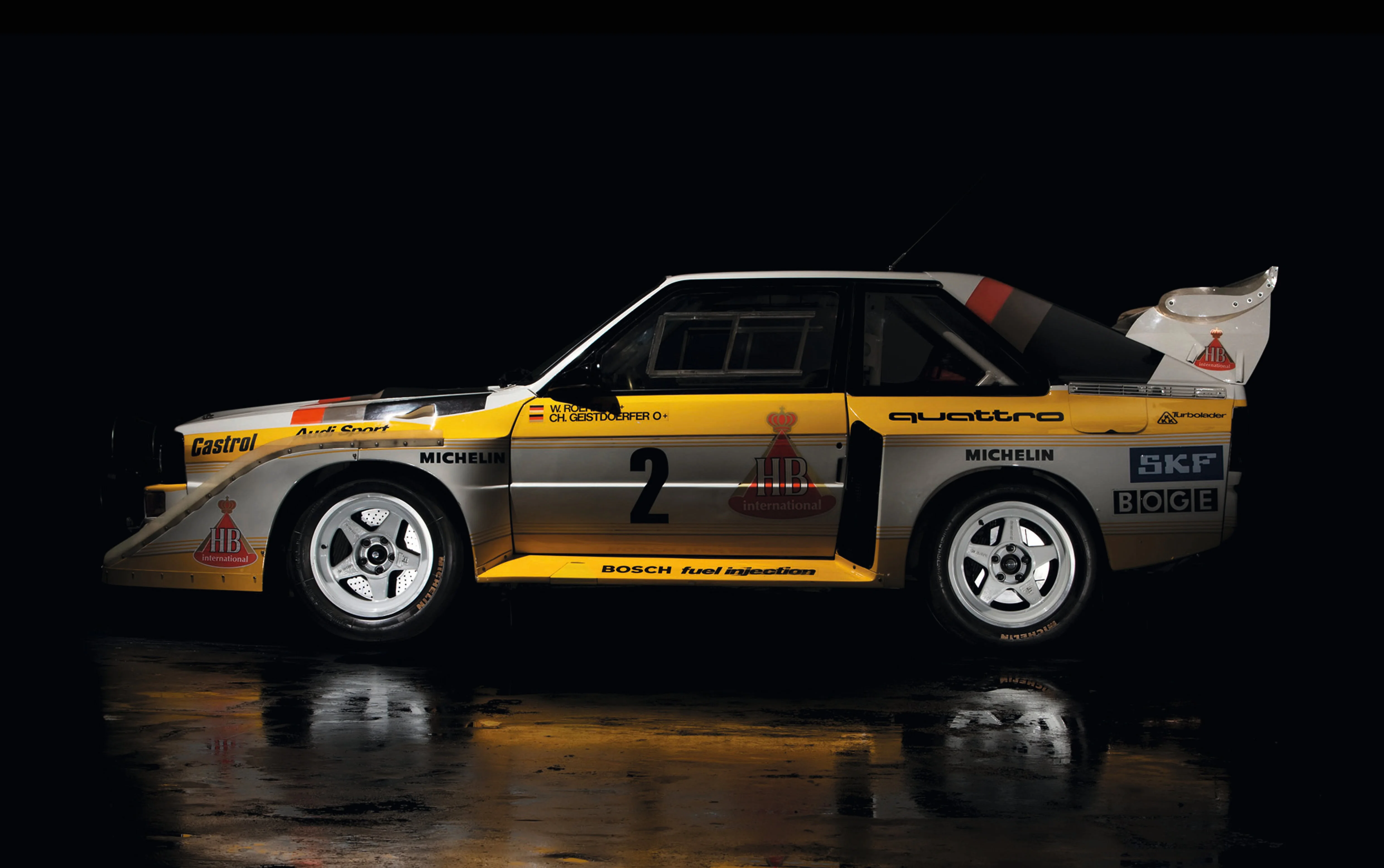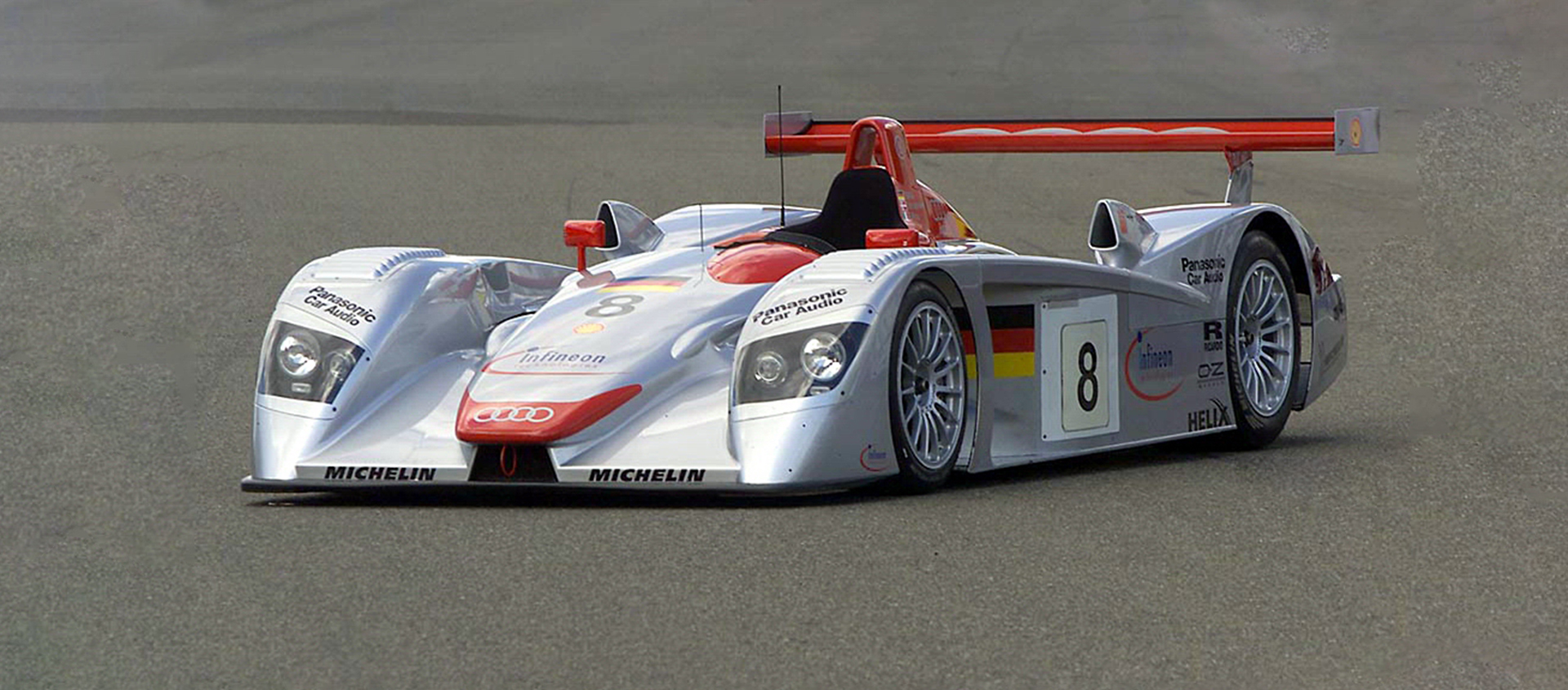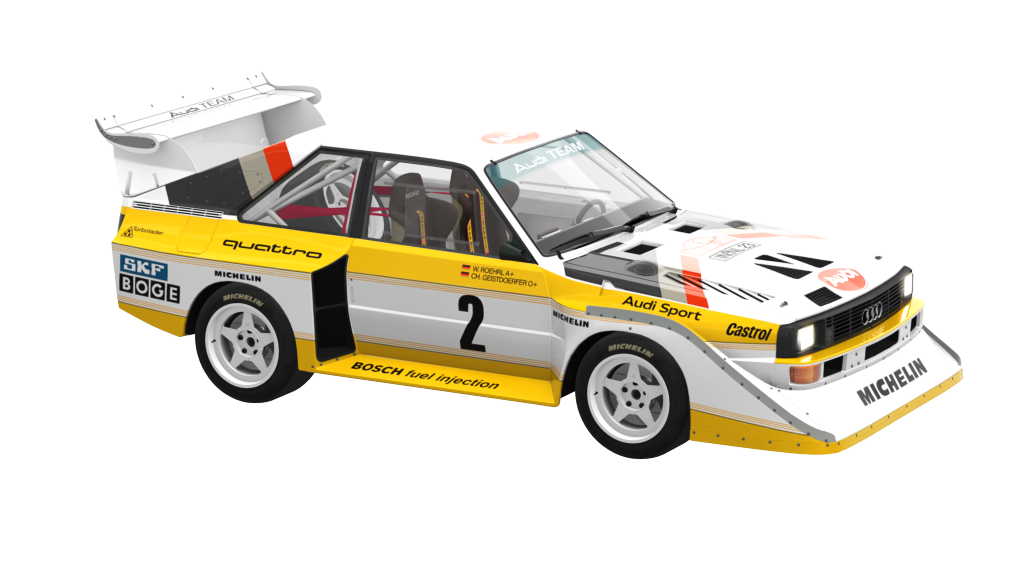Audi Sport Quattro S1. The DNA of all-wheel drive
30 December 2023 2 min read 5 images

Photo credit: Audi, Wheelsage
Who. Ferdinand Piech, the CEO of Audi at the time, envisioned the first mass-produced all-wheel-drive vehicle. This innovation needed a stage to showcase its ground-breaking capabilities, and under Roland Gumpert's leadership, the racing department created one of the most revolutionary cars in the early 1980s. This vehicle introduced significant technical advancements to rally racing, marking the dawn of a new era.
Register to unlock this article
Signing up is free and gives you access to hundreds of articles and additional benefits. See what’s included in your free membership. See what's included in your free membership.
Already have an account? Log In


